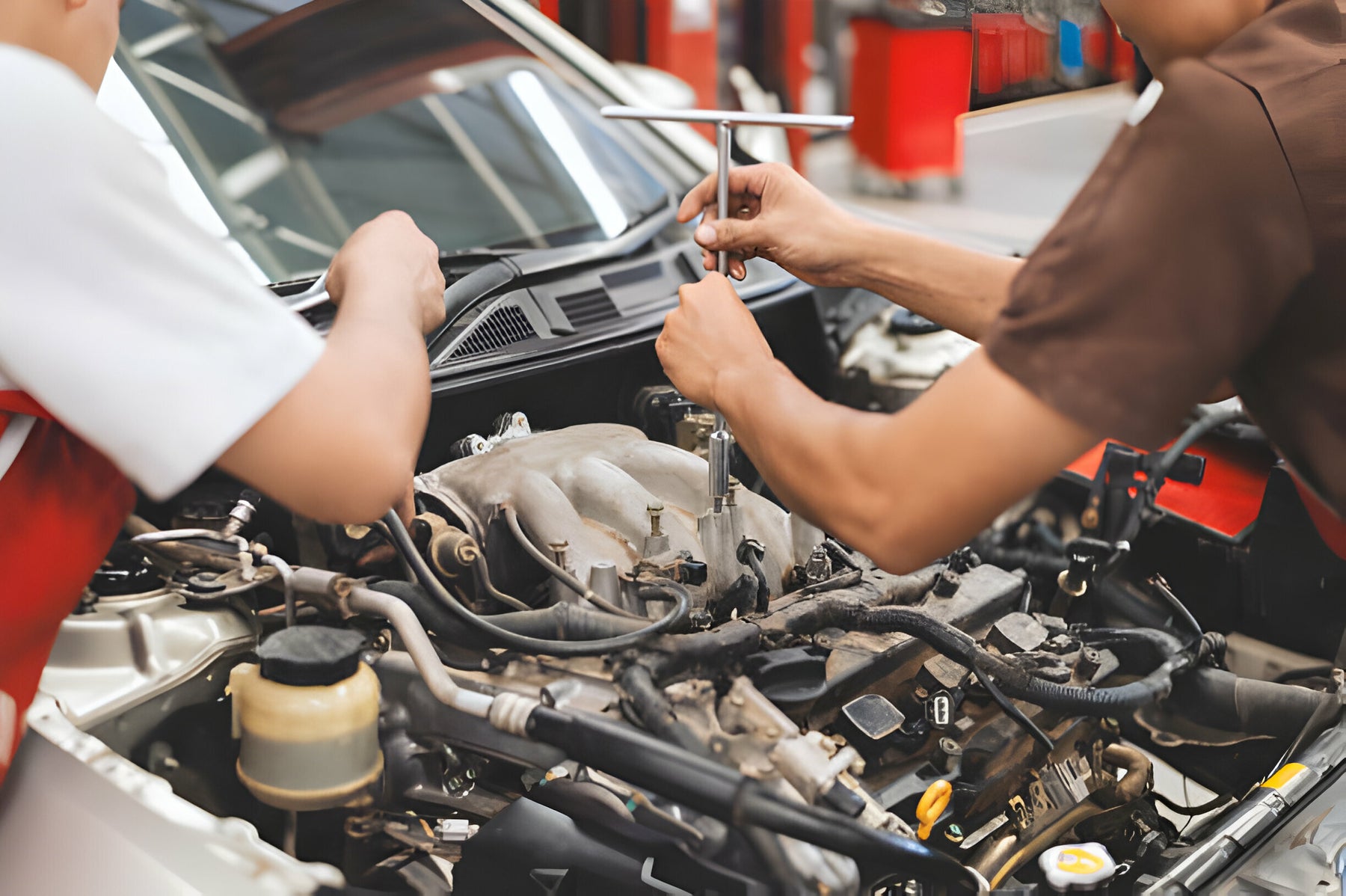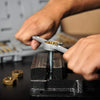
How Preventative Car Maintenance Saves Money Down the Road
While new car prices continue climbing higher each year, many drivers fail to recognize the impact predictable maintenance has on long-term vehicle ownership costs. Neglecting basic fluid services and component inspections transforms what seems a low monthly payment into exponential repair bills down the line. According to industry experts, vehicles that do not receive routine maintenance typically experience their first major repair or replacement within the first 5 years of ownership, compared to 10 years or longer for well-maintained vehicles. This in-depth guide examines in great detail how even minor issues left unaddressed mushroom into much larger expenses over time.
Within this comprehensive preventative maintenance manual, each section delves deeply into specific areas where proactive upkeep slashes repair bills year after year. Whether driving a high-mileage workhorse or a garage-kept weekend cruiser, thoroughly applying these techniques protects transportation budgets and eases the mind of owners. Read on to learn exactly how maintaining your vehicle can save you thousands of dollars in the long run.
Inspect Tires For Long Life And Optimal Handling
Tires are one of the most important components of any vehicle, as they are what connect the vehicle to the road. However, tires are often one of the most neglected maintenance items. It's common for drivers to ignore their tires until the tread wear indicators appear. Yet proper monthly inspection, including checking tire pressure and evaluating tread/sidewall wear, discovers issues like underinflation and misaligned wheels long before tires wear unevenly down to the indicators.
Catching problems like underinflation and alignment issues early and correcting them extends the life of tires dramatically. The average set of tires lasts around 50,000-60,000 miles when properly maintained. But tires that are often underinflated or on a vehicle with suspension/alignment problems might only last 30,000 miles before needing replacement. Considering how much tires cost to replace, anywhere from $600-$1,000 per set, catching issues early saves vehicle owners hundreds of dollars.
Early detection also improves vehicle safety. Underinflated tires can blow unexpectedly or not grip the road well in wet or winter conditions. A misaligned wheel causes uneven tread wear which can lead to a blowout. Both scenarios dramatically increase the risk of getting into an accident. Finding problems like low pressure early on allows safe driving versus discovering them after a flat spare tire sits in the trunk unused for months or years.
Tire rotation, which should be performed every 5,000-8,000 miles, also helps ensure even tread wear. Catching small alignment issues during routine maintenance visits extends the life of expensive tires, improving vehicle performance and safety while lowering overall lifetime tire costs significantly.
Brakes Last Far Longer With Periodic Inspection
Brakes are another essential safety component that wears down gradually over time and usage. But many drivers ignore their brakes until grinding or squealing signals replacement is needed. By then, the brake pads may be worn down dangerously thin and rotors severely grooved. Performance suffers while repair costs skyrocket.
Conducting simple periodic brake inspections every 5,000-10,000 miles enables catching pads/rotors with wear remaining preemptively. Measuring pad thickness with a caliper gauge finds replacements needed sooner rather than later. Inspecting rotors examines grooving depth - swapping just rotors rather than a whole brake job saves big. Consistent inspections like this deliver 150,000+ miles of life from brake components versus constant repairs from ignoring wear signs.
Catching thinner brake pads early often means just replacing rear or front sets for a very low cost, compared to a full brake replacement needing all new rotors and pads on all four wheels. Rotor turning, which resurfaces the brake surface when grooves first appear, staves off full rotor replacement, saving over $100 per axle. Extending brake component life years with proactive maintenance drastically reduces costs over the lifetime of vehicle ownership. Safety too remains paramount during uphill starts and stops.
Flush Vital Fluids Regularly
Several closed fluid systems critically support various vehicle functions, like transmission, cooling system, power steering, brake fluid reservoir, and differential/transfer case on 4WD/AWD vehicles (if equipped). Over time, all fluids break down chemically and accumulate contaminants from normal operation. Neglecting to flush these systems enables contaminants to circulate, accelerating wear and potentially seizing expensive components like the transmission.
Conducting complete fluid/filter flushes every 30,000-60,000 miles refreshes each circuit like new. Flushes remove sludge buildup that insulation and insulates critical parts. They discover leaks early for inexpensive repairs versus major component replacement. Flushing also provides an opportunity to inspect drained fluid. Examining old fluid/filters for metal shavings clues mechanics into impending issues like valve body wear or transmission leaks for reasonably-priced fixes. Long-term drivetrain reliability results from frequent routine fluid service far less than rebuilding an overlooked transmission.
On engines, oil and filter changes every 5,000-7,500 miles preserve internal parts. Neglect shortens engine life by facilitating microscopic abrasive wear. Consistent fluid maintenance protects costly components, minimizing repair expenses creeping up over thousands of driving miles. Addressing problems easily now rather than after major damage occurs remains far more affordable in the long haul.
Inspect Hoses, Belts and Related Components
Heat, weathering and minute vibration cause critical hoses and drive belts to crack and stiffen with age. Neglecting consistent inspection enables dry-rot to progress unnoticed until literal splitting headaches occur. Replacing cracked belts today versus after unexpected failures minimizes downtime costs from potential additional damage caused. Inspecting accessory-driven components like idlers and tensioners catches similar small issues while still affordable to fix.
Dehydrated or leaking hoses rupture unexpectedly, creating on-road breakdown scenarios requiring tow trucks. Catching suspect hoses early results in far cheaper repair than draining/filling entire cooling systems after head gasket/block damage arises. Thinning belts and hoses can’t remain ignored forever without much steeper repair/inconvenience penalties creeping up. Periodic replacement maintains long-term reliability and safety far more affordably than sudden component failures.
Top Off Fluids At Regular Intervals
Beyond flushing, many maintenance components involve simply checking fluid levels during routine vehicle inspections. Keeping brake fluid, engine coolant, power steering fluid, transmission fluid (on dipstick-equipped models), windshield washer fluid and other reservoir levels topped off between changes prevents low-level component damage.
Over time seals dry out when fluids run too low, risking far costlier repairs down the line. Catching drops before shortages jeopardizes expensive gaskets, pumps and seals results in cheap fluid additions versus major drivetrain overhauls. Staying on top of fluid monitoring this easy way noticeably curbs repair bills from neglected dipstick examinations. A few minutes every few months preserves operating systems at very low cost.
Filters Remove Harmful Contaminates
Vehicle systems rely on filters to protect sensitive internal parts. Fuel filters strain out debris that could clog delicate injectors. Oil filters trap microscopic abrasive particles that accelerate engine wear. Cabin air filters remove allergens and maintain optimal HVAC system breathability. Clogged filters inevitably lead to accelerated component degradation and potential failure if left too long.
Replacing basic 'life expired' filters on the manufacturer's recommended maintenance schedule reliably heads off expensive issues that cost far more to repair than the affordable filters themselves. Inspecting each filter swap also confirms gaskets remain intact for trouble-free long-term sealing. Spending mere minutes performing easy filter swaps avoids tomorrow’s repair items needing costly fixes today. Basic filter maintenance represents incredibly impactful—yet negligible cost—preventative maintenance.
Ignition System Inspection Extends Spark
Heat, oxidation and molecular defects cause ignition components like spark plugs, ignition coils and wires to wear naturally over time. Yet consistent hands-on inspection uncovers signs of worn or cracked items enabling replacement versus repair costs from continued deteriorated operation. Gapping new plugs optimizes combustion for stellar fuel efficiency and power. Cleaning electrical connectors eliminates troublesome arcing that wastes spark energy.
Periodic ignition examination ensures spark remains strong enough for reliable, comfortable driving. Ignition maintenance represents one of the most affordable and impactful standard checks that maximize engine life. The few minutes spent, and low part costs result in huge savings by avoiding continued operation weaknesses triggering misfires and potential damage. Routine ignition evaluation dramatically improves performance/economy at very low cost.
Related Article: The Importance of Preventive Car Maintenance
Preventative Maintenance Saves Money
In summary, performing thorough preventative maintenance extends vehicle life dramatically while reducing ownership expenses versus ignoring symptoms until irreparable damage manifests. From fluid flushes to meticulous fluid-level checks, applying basic hands-on evaluations transforms long-term budgets. Catching small issues early through simple (and enjoyable) upkeep safeguards against expensive failures and delivers reliable transportation for decades affordably. With diligent attention to maintenance details, dependable motoring remains comfortably within fiscal reach lifetime after lifetime.



